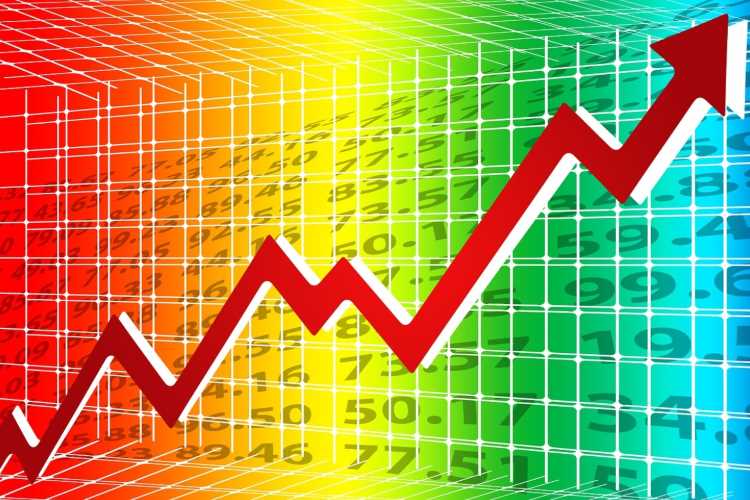
Just a week ago, a report from S&P Global affirmed that the Indian economy is on track to become the third-largest by 2030. Currently, it is the fifth largest behind the US, China, Germany, and Japan. Recently, the private sector financier Asian Development Bank raised its growth forecast for the Indian economy. It now predicts a 6.7% growth in 2023-24, up from the previous forecast of 6.3% made in September. India will continue to be the fastest-growing major economy in the next three years. High GDP growth rates, along with other indicators, signal good times ahead for the Indian economy.
Last week, GDP estimates from the National Statistical Office showed that the Indian economy grew at 7.6% in the second quarter of the current financial year, surpassing expectations and reaffirming optimistic projections of the country’s medium-term growth trajectory. The stock market has also buoyed confidence, as seen in the exuberance following the results of the recent state elections. These developments suggest that investors have renewed confidence in the economy’s prospects.
READ | India’s AI mission seeks to transform lives, industries
Mixed signals for Indian economy
The economic highs are, however, accompanied by several concerns. For instance, private investment has declined, prompting CEA V Anantha Nageswaran to urge companies to boost investments rather than solely focusing on repairing their balance sheets. This caution is primarily due to current global macroeconomic conditions, and domestically, a downward trend in demand has led companies to curtail growth in capital expenditure. Analysts, CEOs and promoters appear to lack confidence in India’s growth prospects, as seen by their limited economic investments.
According to recent estimates by Motilal Oswal economists, there was a 6.2% decline in corporate investments from April to June compared with the same period in 2022. Investments now account for just 12.3% of GDP, the lowest for any first quarter in the past decade. Furthermore, corporate investments now make up only 41.2% of the total, lower than the pre-COVID figures of 50%.
The situation with the rupee is also worrying. The Indian currency recently settled at a record closing low of 83.4 against the dollar, driven by continuous demand from importers for the greenback ahead of the US Federal Reserve meeting. Conversely, the dollar index, which gauges the greenback against six major currencies, rose to 103.95 from 103.78. While the RBI has been intervening to prevent further depreciation of the rupee, it is expected to continue its decline in December due to ongoing dollar demand.
Positive indicators
On a brighter note, economic data indicates robust growth in the industrial sector, including manufacturing, mining, construction, and utilities. Although agriculture is expected to grow slower than anticipated, this will likely be more than offset by the industry’s stronger-than-expected growth, leading analysts to revise GDP estimates upwards.
Regarding the concerns about declining private investments, increased capital spending by central and state governments is likely to compensate for the lower growth in private consumption expenditure and weaker-than-expected exports in FY24. The economic outlook for India and China has also improved the growth prospects for the Asia region. The ADB has revised the region’s growth projection to 4.9% for the calendar year 2023, up from 4.7%, citing robust domestic demand. The forecast for 2024 remains at 4.8%.
Furthermore, an IMF report in its October World Economic Outlook projected India’s per capita GDP to rise from $2,612 to $3,985 in the coming years. In contrast, the Chinese economy is widely expected to slow down. The primary downside risks to India and other countries are associated with persistently high interest rates in advanced economies, which could lead to financial instability. Other risks include potential supply disruptions from El Niño and the ongoing Russian invasion of Ukraine, which could exacerbate energy and food security challenges and reignite inflation.
Considering the Indian economy’s stature, the country is well-positioned to maximise its manufacturing potential. According to the S&P report, India, followed by Vietnam, is expected to be the fastest-growing emerging market between 2024-26. India must capitalise on the ongoing rearrangement of global supply chains and the diversification away from China. This presents an opportunity for New Delhi to become a major global manufacturing hub. Achieving this will require upskilling workers and increasing female labour force participation, which, as the report suggests, will help India realise its demographic dividend.

